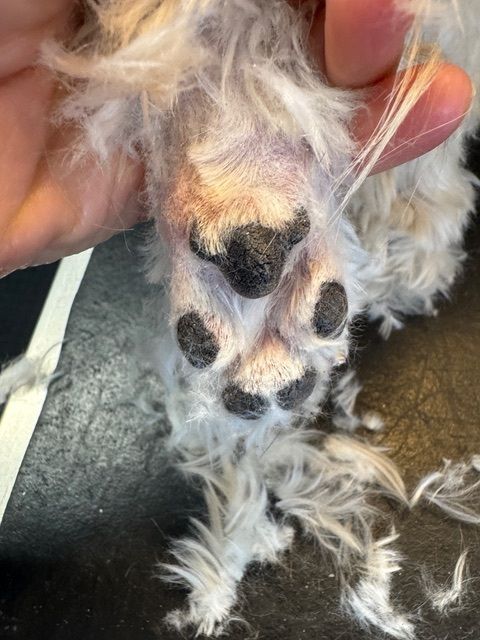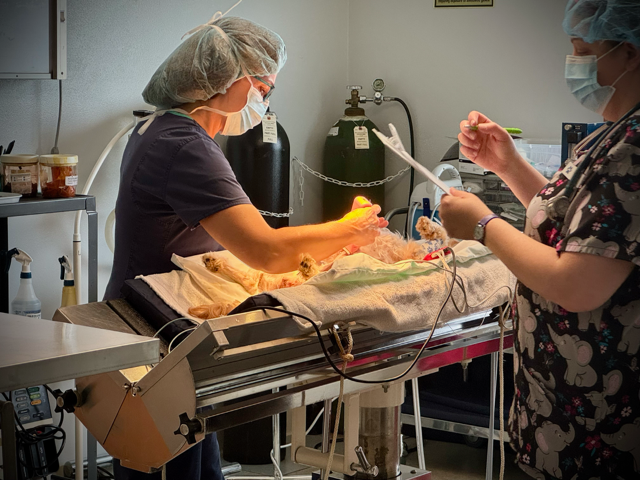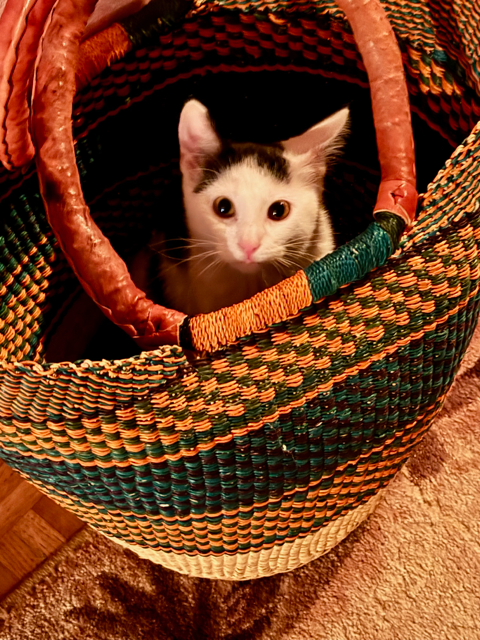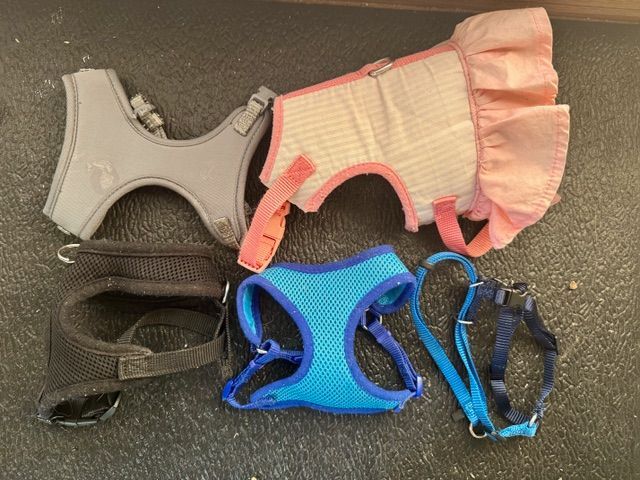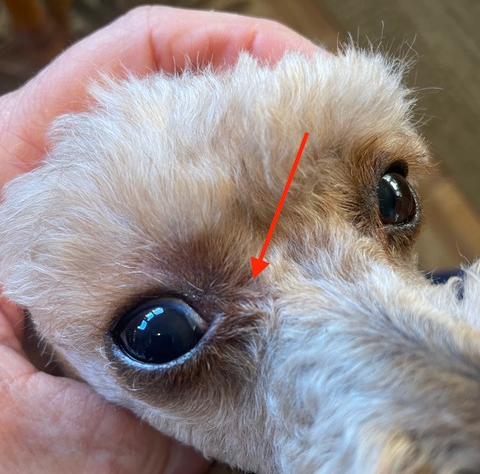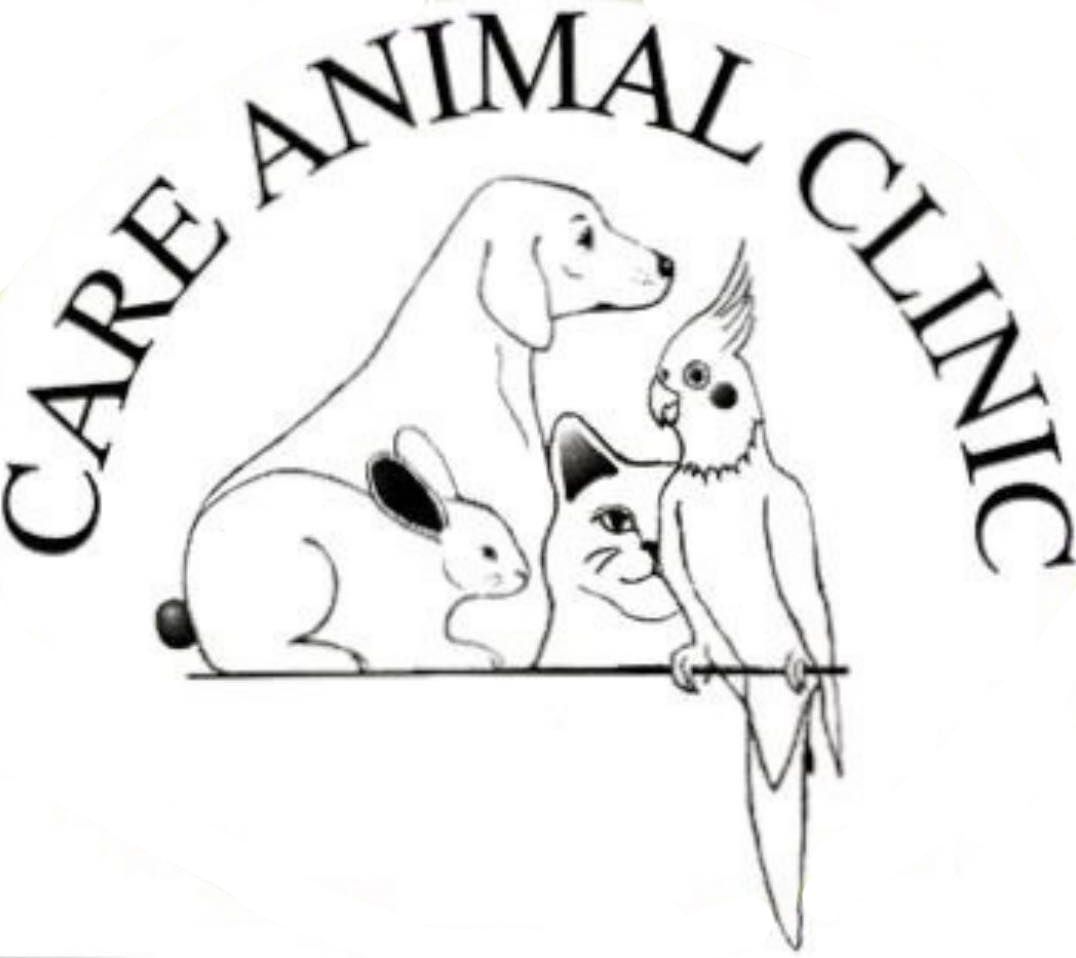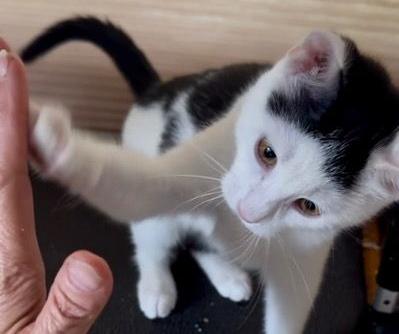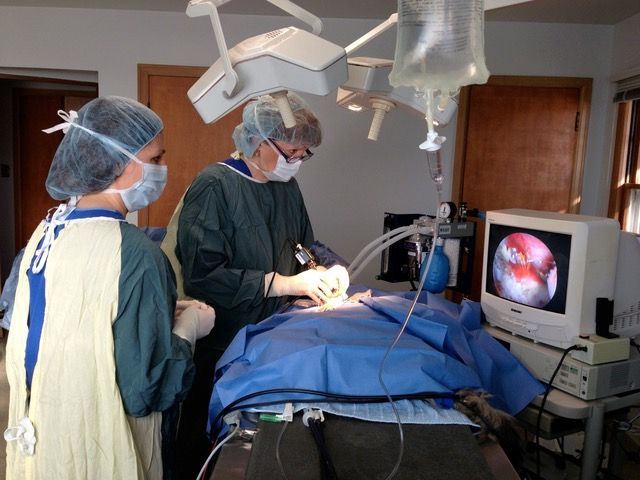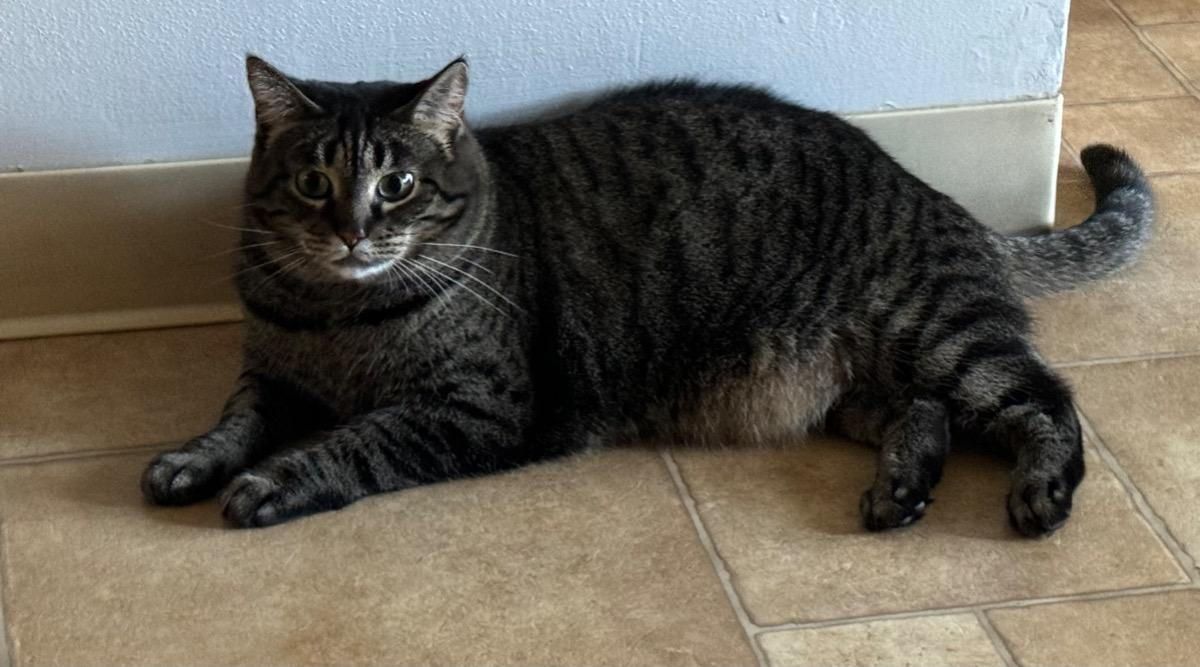The Essential Guide to Dog Harnesses: Ensuring Proper Fit and Functionality
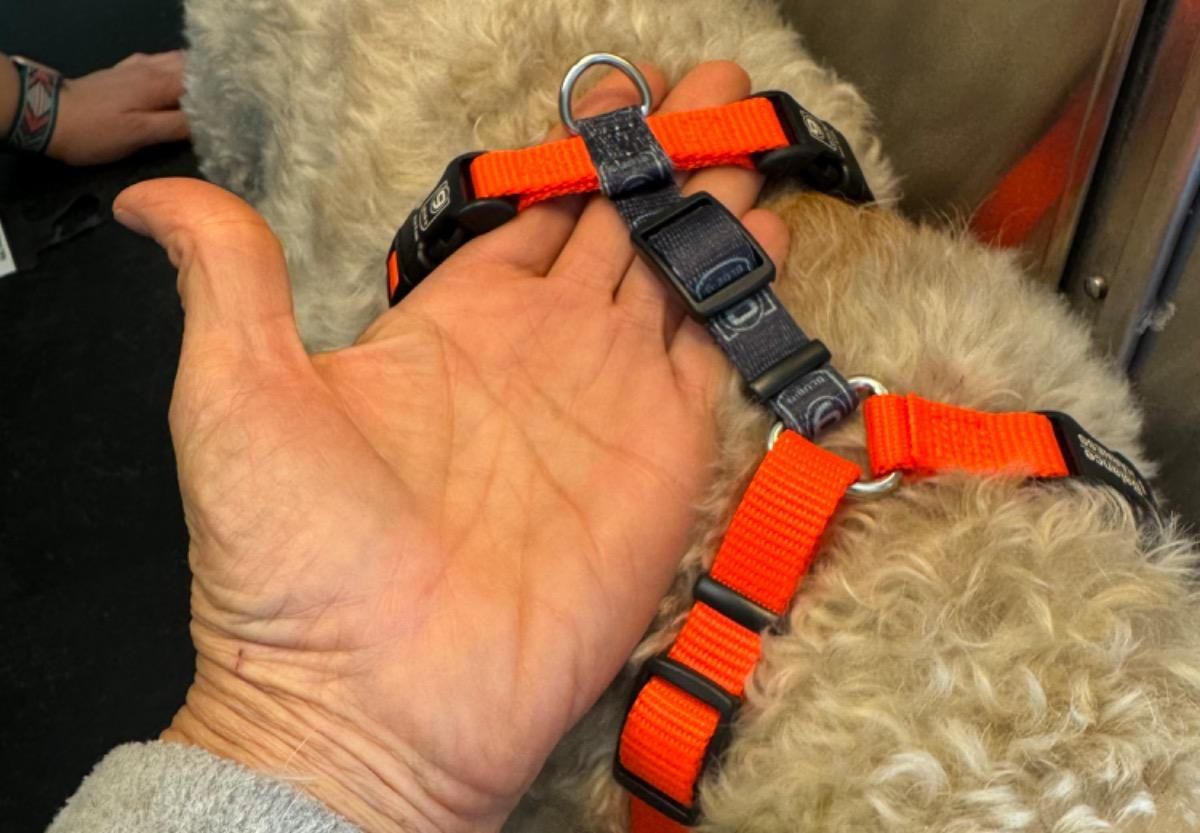
Dog harnesses are indispensable tools for dog owners, providing a secure and comfortable way to control and manage their pets during walks, hikes, or other activities. However, ensuring the proper fit of a harness is crucial to your dog's well-being and comfort. In this blog, we will explore the importance of selecting the right harness for your dog, maintaining a proper fit, and considerations for various activities. We will also touch upon the benefits of the gentle leader style harness for dogs.
Importance of Fit:
A dog harness that is too tight can cause chafing, skin irritation, or even restrict your dog's movement and breathing. On the other hand, a harness that is too loose may not provide the necessary control or security, putting your dog at risk of escaping or getting injured. Regularly checking the fit of your dog's harness is essential to ensure their comfort and safety. A working dog will have trouble jumping and turning with a tight harness.
This harness is way too tight. There is no room for fingers to get under the harness. The harness is pushing on the vertebrae of the spine and scapula. This is causing great discomfort. Fingers should easily get under the harness in all areas in all positions to reduce damage to the anatomy of the dog.
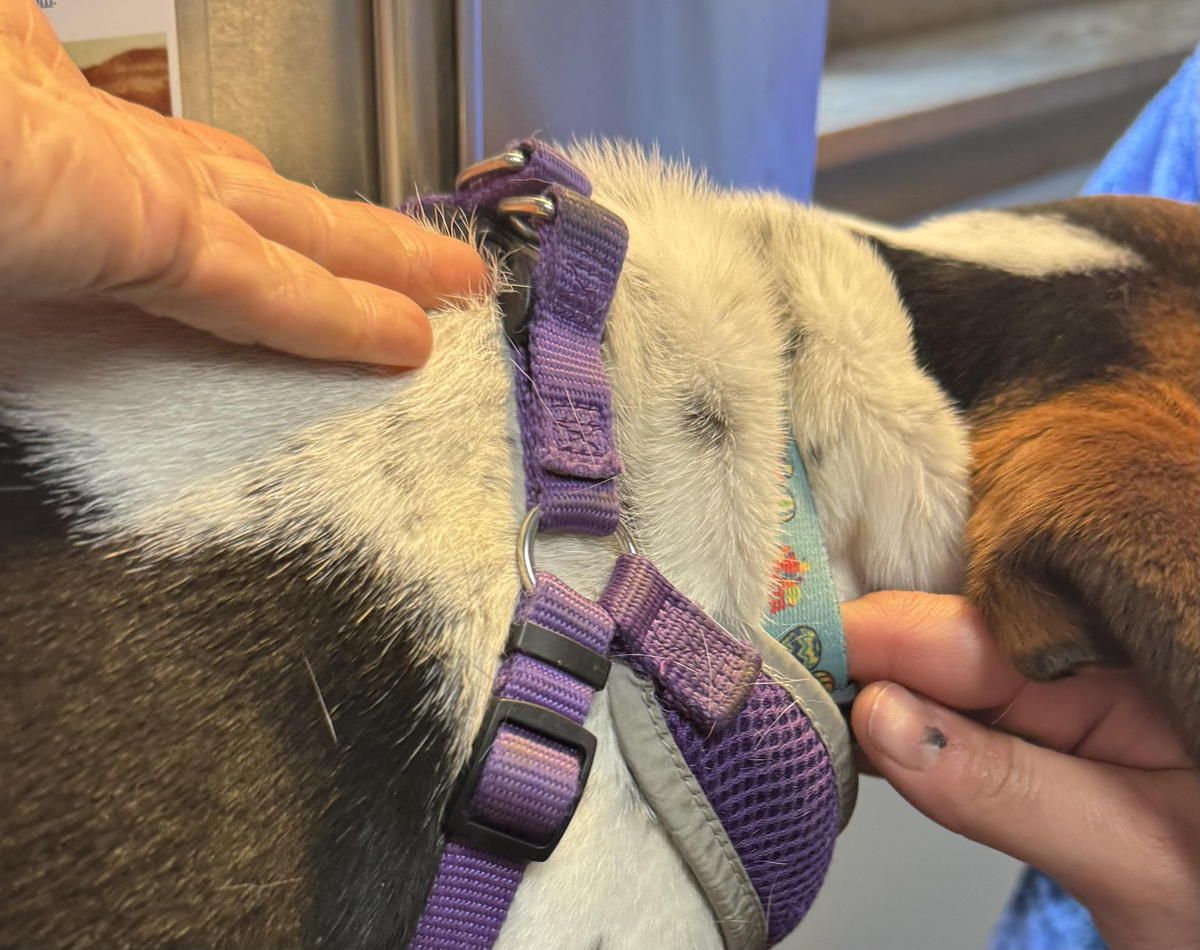
Preventing Skin Irritation and Pressure:
Prolonged use of a poorly fitting harness can lead to skin issues like dermatitis or pressure sores, especially if the harness rubs against sensitive areas like the armpits or chest. It is important to examine your dog's skin regularly for any signs of irritation and adjust the harness or consider a different style if needed to prevent discomfort.
The harness should not impinge on any of the shoulder or elbow joints. Should not cause hair loss or pulling of the hair.
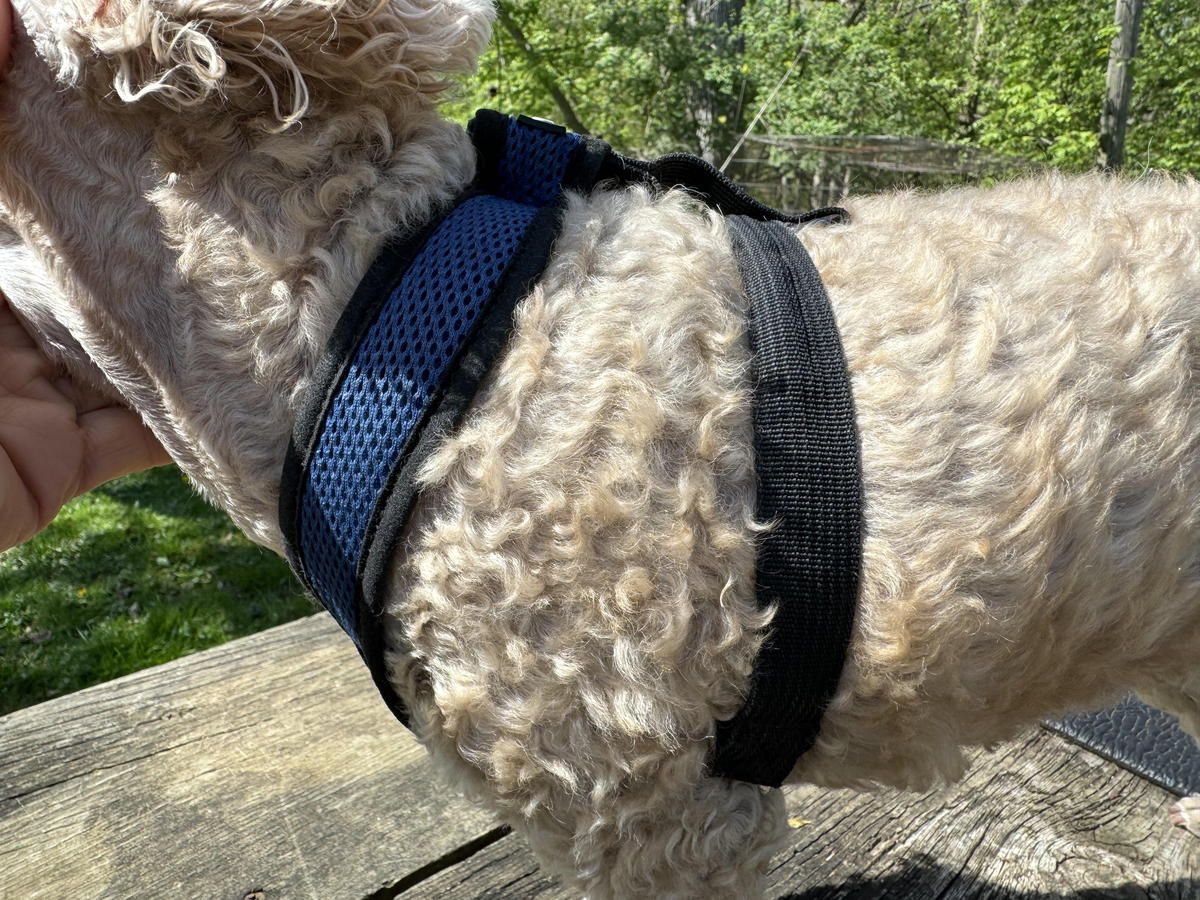
Choosing the Right Harness for the Activity:
Different activities require different types of harnesses. For example, a sturdy, padded harness may be more suitable for hiking or intense outdoor adventures, while a lightweight, breathable harness could be ideal for casual walks in the park. Consider your dog's size, breed, and activity level when selecting a harness to ensure it meets their needs and provides the necessary support and comfort.
The Gentle Leader Style:
The gentle leader harness, also known as a head halter, is a unique type of harness that offers gentle control over your dog's movements by redirecting their head rather than their body. This style can be particularly beneficial for dogs that tend to pull on the leash or exhibit leash-reactive behavior. The gentle leader harness can help reduce pulling, improve leash manners, and provide a more enjoyable walking experience for both you and your dog.
Conclusion:
In conclusion, choosing the right dog harness and ensuring a proper fit are essential for your dog's well-being and comfort. Regularly inspecting the harness for fit and signs of irritation, selecting the appropriate style for the activity, and considering options like the gentle leader harness can enhance your dog's walking experience and strengthen your bond with your furry companion. By prioritizing your dog's comfort and safety, you can make every walk a pleasant and enjoyable outing for both of you.
Sent from my iPhone
